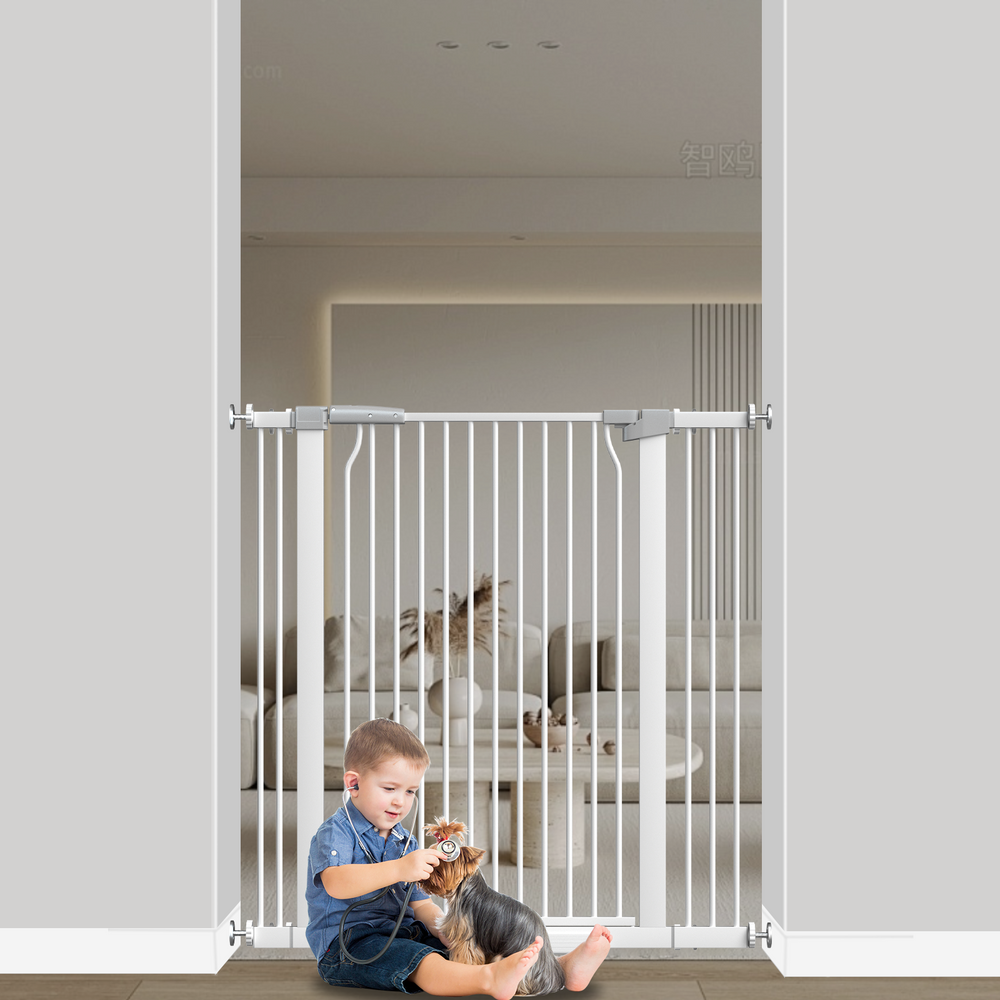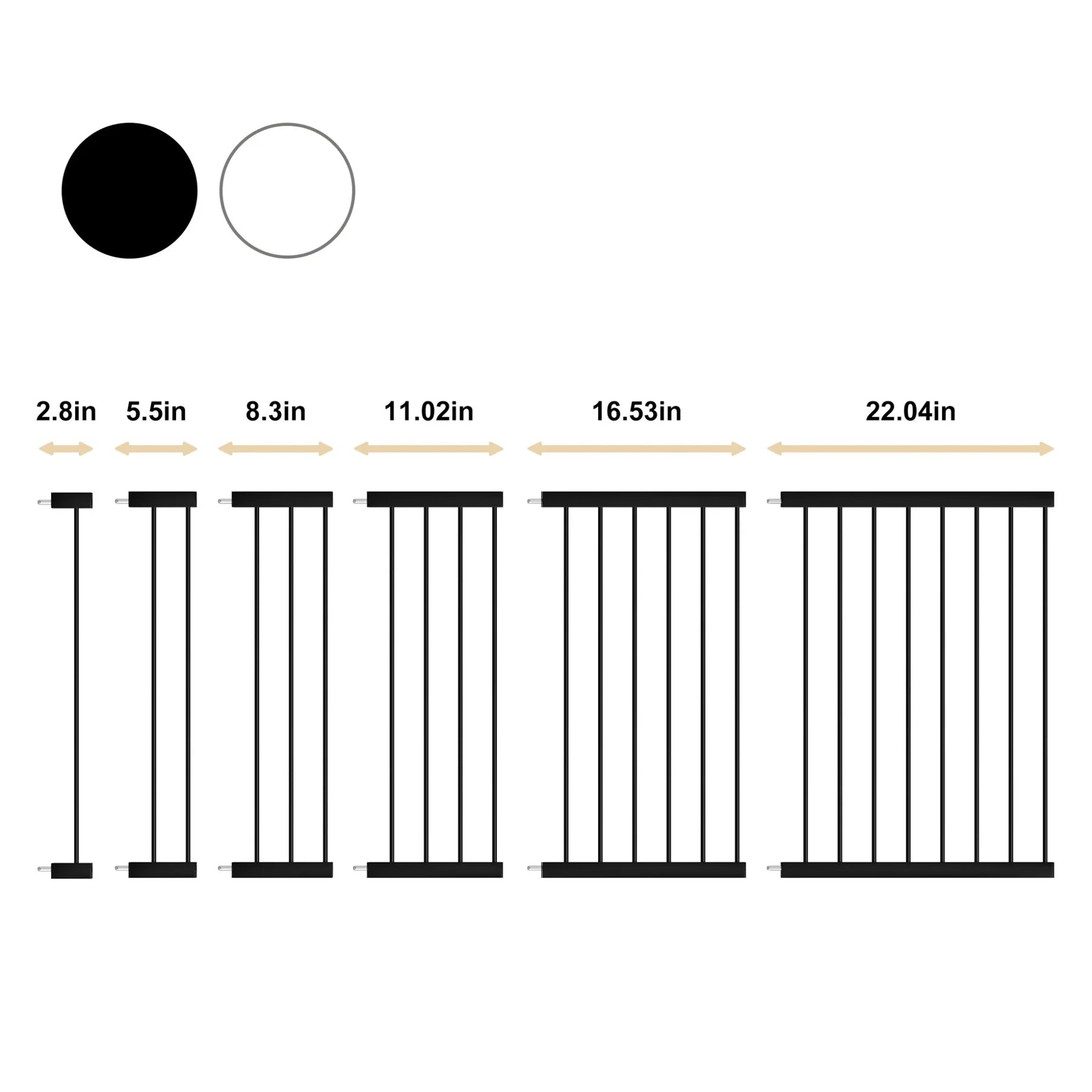Why Your Dog Is Vomiting White Foam: Causes & Treatment
Understanding Dog Vomiting White Foam
Seeing your dog vomit white foam can be alarming, but it's a fairly common occurrence with a range of potential causes. Often, this foamy substance is simply a mix of saliva and air, produced when a dog's stomach is irritated or empty. It's not always a sign of something dire, but it's definitely something to pay attention to.
What Is The White Foam That Dogs Throw Up?
The white foam you see your dog expelling is typically a combination of mucus, saliva, and air. When a dog's stomach is empty for too long, it can start to produce bile and stomach acid. If the dog then tries to vomit, this mixture can get aerated, creating that frothy, white appearance. It can also be a sign of irritation in the throat or esophagus, leading to a cough that produces similar foam.
Indigestion and Gastrointestinal Upset
This is one of the most frequent culprits. If your dog eats too quickly, eats something that doesn't agree with them, or simply has a sensitive stomach, indigestion can occur. This irritation can lead to the stomach producing excess mucus and acid, which, when expelled, looks like white foam. It's like when you feel a bit queasy and might bring up some clear or white liquid.
Dietary Indiscretion
Dogs are curious creatures, and sometimes their curiosity leads them to eat things they shouldn't. This could be anything from garbage or spoiled food to non-food items like plastic or fabric. When these things irritate their digestive tract, vomiting, often with white foam, can be the result. It's their body's way of trying to get rid of something harmful.
It's important to remember that while occasional vomiting of white foam might not be a major concern if your dog is otherwise acting normally, frequent occurrences or vomiting accompanied by other symptoms definitely warrant a vet visit. Always err on the side of caution when it comes to your pet's health.
Common Causes of Dog Vomiting White Foam

Sometimes, our furry friends just can't help themselves, and they end up with an upset stomach. It's not always a sign of something serious, but it's good to know what might be going on.
Acid Reflux
Just like us, dogs can get heartburn. When stomach acid decides to take a trip up the esophagus, it can cause some serious irritation. This often leads to that familiar white foam, which is basically a mix of stomach acid and extra saliva. It's uncomfortable for them, for sure.
Empty Stomach Irritation
Ever felt that gnawing hunger? If a dog's stomach has been empty for too long, it can start to get irritated. This irritation can cause the stomach to produce a frothy, bile-like substance, which then comes up as white foam. This is often seen early in the morning or late at night when they haven't eaten for a while. It’s a common reason for that first morning puke.
Ingesting Non-Food Items
Dogs are curious creatures, and sometimes their curiosity gets the better of them. They might chew on a toy that breaks apart, eat something off the floor, or even get into the trash. When they swallow things they shouldn't, it can really mess with their digestive system, leading to vomiting. If your dog has a tendency to eat things they shouldn't, you might want to look into a durable FairyBaby 40" Extra Tall Dog Gate to keep them safe.
It's important to remember that while these causes are common, they can sometimes be a sign of something more. Always keep an eye on your dog's overall behavior after they vomit.
Serious Health Conditions Causing White Foam Vomit
Sometimes, when a dog vomits white foam, it's not just a simple tummy ache. There are some pretty serious health issues that can cause this, and it's important to know what to look out for. One of these is kennel cough, which is basically a respiratory infection. It makes dogs cough a lot, and sometimes, during a coughing fit, they'll bring up white foam mixed with mucus and saliva. It sounds pretty rough, and it can be.
Then there's pancreatitis. This is when the pancreas gets inflamed, and it's really painful for dogs. They might vomit white foam because their insides are just so irritated and inflamed. It's definitely not something to mess around with.
But perhaps the most alarming condition is bloat, also known as Gastric Dilatation-Volvulus (GDV). This is a life-threatening emergency where a dog's stomach fills with gas and then twists. It cuts off blood flow and causes immense discomfort. Vomiting white foam can be an early sign, along with restlessness and a swollen belly. If you suspect bloat, you need to get your dog to a vet immediately. It's a situation where every second counts.
Kennel Cough and Respiratory Infections
Kennel cough, a common ailment in dogs, often presents with a hacking cough. This persistent coughing can sometimes trigger the expulsion of white, frothy foam. The foam is essentially a mixture of mucus and saliva that the dog coughs up during these episodes. It's a sign that the respiratory system is irritated.
Pancreatitis
Inflammation of the pancreas, known as pancreatitis, can cause significant abdominal pain and distress in dogs. Vomiting, including the expulsion of white foam, is a common symptom. This occurs due to the internal irritation and inflammation affecting the digestive processes. Lethargy and a decreased appetite often accompany this condition.
Bloat (Gastric Dilatation-Volvulus)
Bloat is a critical and potentially fatal condition where the stomach fills with gas and then twists, cutting off blood supply. Early signs can include vomiting white foam, restlessness, and a visibly distended abdomen. This condition requires immediate veterinary intervention to save the dog's life. If you notice these signs, don't wait; seek emergency care right away. For owners of larger breeds, considering a sturdy Extra Tall Dog Gate can help prevent them from accessing things they shouldn't, potentially reducing risks associated with ingesting foreign objects that could contribute to digestive upset.
Other Potential Causes for White Foam Vomit
Sometimes, that white foam your dog is coughing up isn't just a simple tummy upset. There are a few other health issues that can lead to this symptom, and it's good to be aware of them.
Inflammatory Bowel Disease
Inflammatory Bowel Disease, or IBD, is a condition where the lining of your dog's intestines gets inflamed. This can mess with their digestion quite a bit. When the inflammation is bad, it can lead to vomiting, and sometimes that vomit is just that frothy white stuff. Other signs might include weight loss, changes in appetite, or diarrhea. It's not always obvious, so if your dog seems off and is throwing up, it's worth mentioning to your vet.
Liver or Kidney Disease
When your dog's liver or kidneys aren't working right, it can cause a buildup of toxins in their system. This can make them feel pretty sick, and vomiting is a common symptom. The white foam could be a sign that their body is trying to get rid of something it shouldn't have. You might also notice other changes like increased thirst, changes in urination, or a general lack of energy.
Urinary Blockage
A urinary blockage is a serious problem where urine can't get out of the body. This causes a buildup of waste products, which can make your dog feel really unwell and lead to vomiting. If your dog is straining to pee or not peeing at all, and then starts vomiting white foam, it's an emergency. This is definitely a situation where you need to get to the vet right away.
Infections and Cancer
Various infections, not just respiratory ones, can cause your dog to vomit. Bacterial or viral infections can upset their stomach and lead to that foamy vomit. Similarly, cancer, especially if it affects the digestive tract or other organs, can also manifest with vomiting as a symptom. If your dog is otherwise healthy but starts vomiting persistently, these more serious underlying causes should be considered by your veterinarian.
It's important to remember that while some causes of white foam vomiting are minor, others are quite serious. Always pay attention to your dog's overall behavior and any other symptoms they might be showing.
What To Do If Your Dog Is Vomiting White Foam

Seeing your dog throw up white foam can be pretty alarming, but sometimes it's not the end of the world. Often, that white foam is just a mix of saliva and air, especially if their stomach is empty. If your dog vomits just once and then goes back to being their usual bouncy self, eating, drinking, and playing normally, you might not need to rush to the vet immediately. However, it's always a good idea to keep a close eye on them.
When To Seek Emergency Care
If your dog vomits white foam more than a couple of times in a 24-hour period, or if you notice any of the following signs along with the vomiting, it's time to call your vet or an emergency animal hospital right away:
- Extreme lethargy or weakness
- Pale gums
- Difficulty breathing
- A swollen or hard abdomen
- Signs of pain, like whining or restlessness
- Blood in the vomit
- Diarrhea
- Loss of appetite
These symptoms could point to more serious issues like bloat, poisoning, or severe gastrointestinal problems that need immediate medical attention. Don't wait if you see these red flags.
Recognizing Mild Cases
Sometimes, a single episode of vomiting white foam is just a minor upset. This often happens in the morning when a dog's stomach has been empty for a while, leading to irritation from stomach acid. If your dog vomits once, seems fine afterward, and is still eating, drinking, and acting normally, you can try withholding their next meal for a few hours. Make sure they have access to fresh water. You can then try offering a small amount of a bland diet, like boiled chicken and rice. Keep them comfortable and monitor them closely. If the vomiting doesn't return and they seem back to normal, it was likely a simple, temporary issue. For dogs that need a secure barrier, a product like the FairyBaby pet gate can be helpful in preventing them from getting into things they shouldn't.
Home Monitoring and Care
If your dog has had a mild episode of vomiting white foam and is otherwise acting normally, here’s how you can manage them at home:
- Withhold Food: Don't feed your dog for about 12-24 hours after the vomiting episode. This gives their stomach a chance to rest and recover.
- Offer Water: Ensure fresh, clean water is always available. Small, frequent sips are better than gulping down a lot at once.
- Introduce a Bland Diet: After the fasting period, start with small portions of a bland diet. Think boiled, unseasoned chicken or turkey mixed with plain white rice. Avoid any fats, spices, or dairy.
- Gradual Return to Normal: If your dog tolerates the bland diet well for a day or two, you can slowly start mixing their regular food back in, gradually increasing the amount over a few days.
- Observe Closely: Keep an eye on their energy levels, appetite, and bowel movements. If the vomiting returns or any other concerning symptoms appear, contact your veterinarian.
It's important to remember that while some instances of vomiting white foam are minor, they can sometimes be a sign of something more serious. Always err on the side of caution and consult your vet if you have any doubts about your dog's health.
When To Consult Your Veterinarian
Sometimes, a single bout of vomiting white foam isn't a huge deal. Your dog might have just eaten something that didn't agree with them, or maybe their stomach was just a bit upset. However, there are definitely times when you need to pick up the phone and call your vet.
Persistent Vomiting
If your dog throws up that white foam more than once in a 24-hour period, or if the vomiting keeps happening over several days, it's time to get professional advice. Even if it seems like just foam, repeated vomiting can lead to dehydration and other problems. It's better to be safe than sorry, so don't hesitate to reach out.
Accompanying Symptoms
Keep a close eye on your dog for any other signs that something's not right. If the vomiting is paired with:
- Lethargy or unusual tiredness
- Diarrhea
- Loss of appetite
- Abdominal pain or a swollen belly
- Trouble breathing
- Weakness or collapse
...then you need to contact your veterinarian immediately. These symptoms, especially when combined with vomiting, can point to more serious health issues that need prompt attention. Think about getting a sturdy FairyBaby Extra Wide Wall-Mount Freestanding Dog Gate if your dog has a habit of eating things they shouldn't.
Vomiting at Night
While dogs can vomit at any time, if your dog is consistently vomiting white foam during the night, it might be worth a call to your vet the next morning. This could indicate a more serious underlying issue that's being aggravated while they're resting. It's always best to err on the side of caution when your furry friend isn't feeling well, especially when it disrupts their sleep.
When to Worry and When to Wait
So, seeing your dog cough up white foam can be a little alarming, but it's not always a sign of something super serious. Sometimes it's just an empty tummy or they ate something a bit off. Keep an eye on your dog, though. If it happens more than once or twice, or if they seem sluggish, not eating, or have other issues like diarrhea, it's definitely time to call the vet. They can figure out what's really going on and make sure your furry friend gets back to feeling their best.







Leave a comment